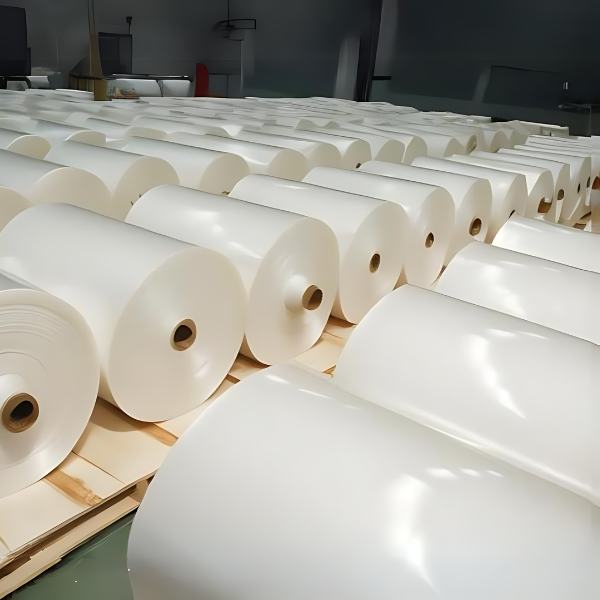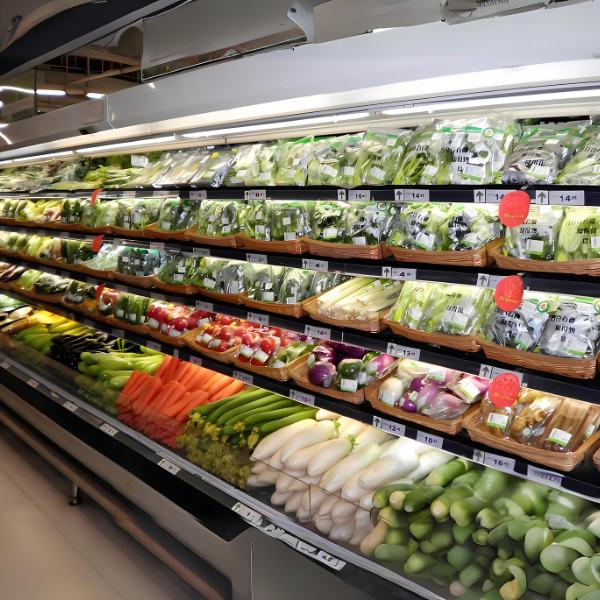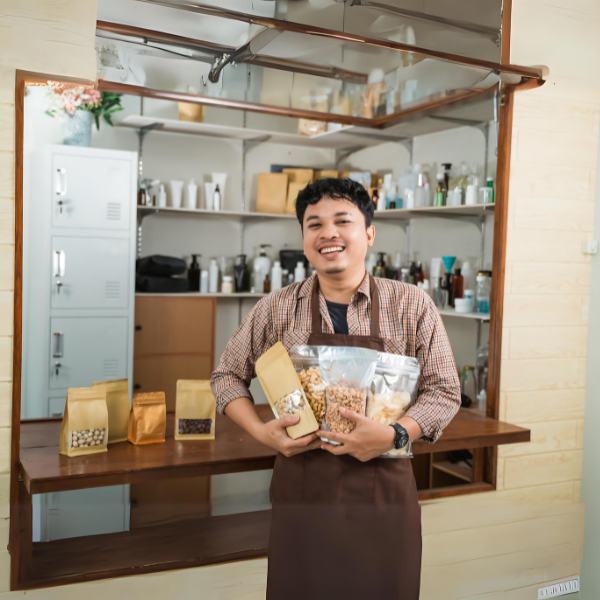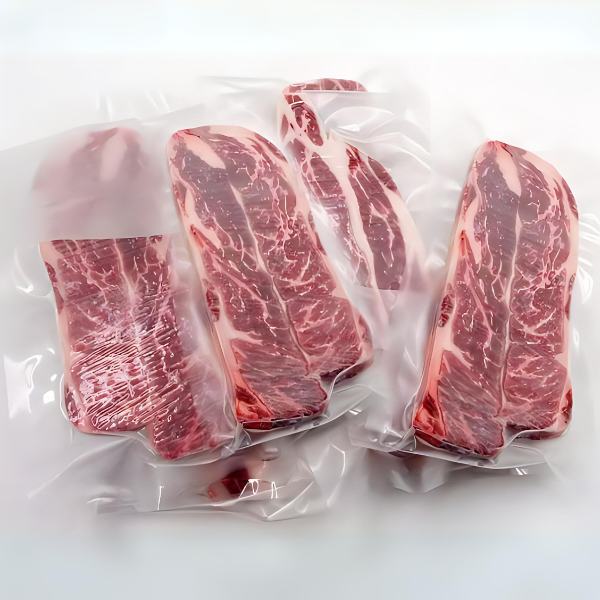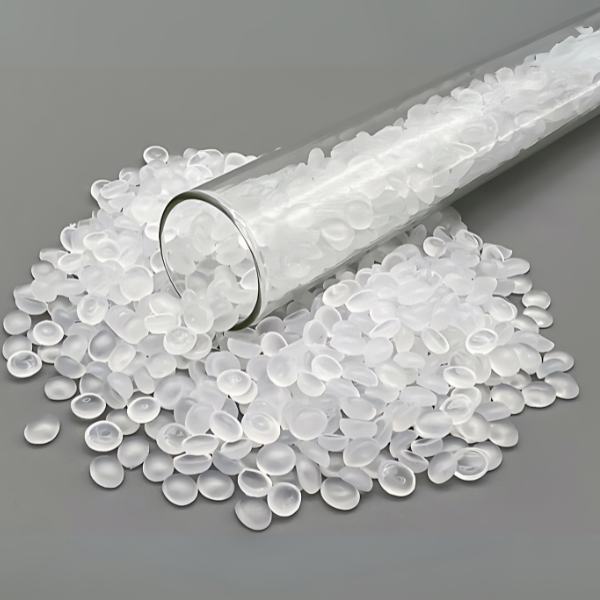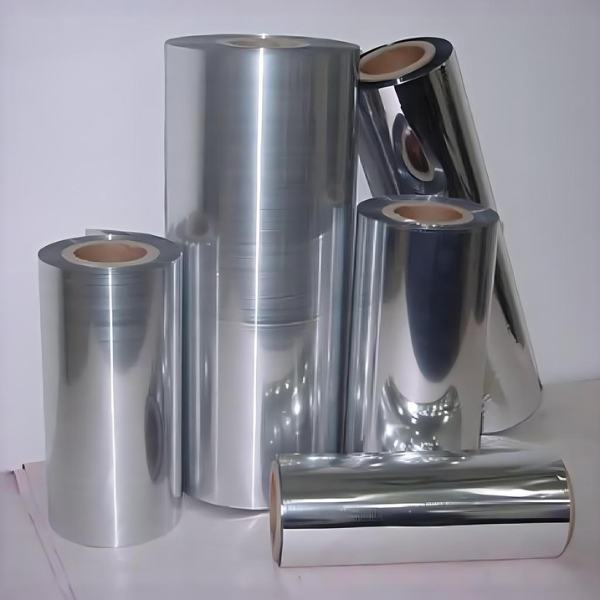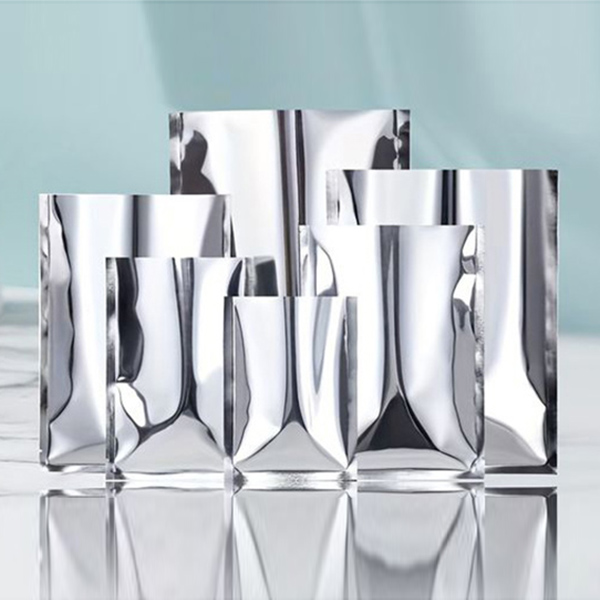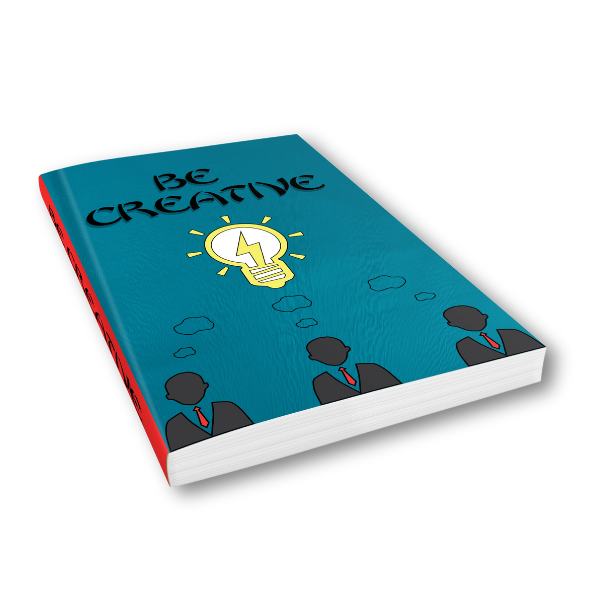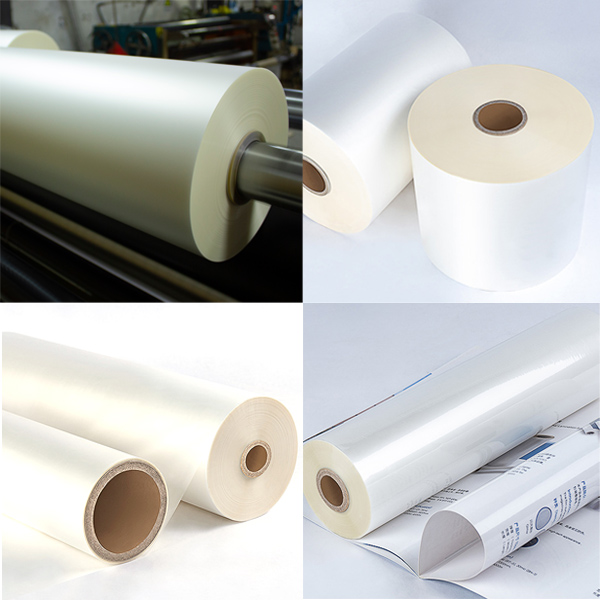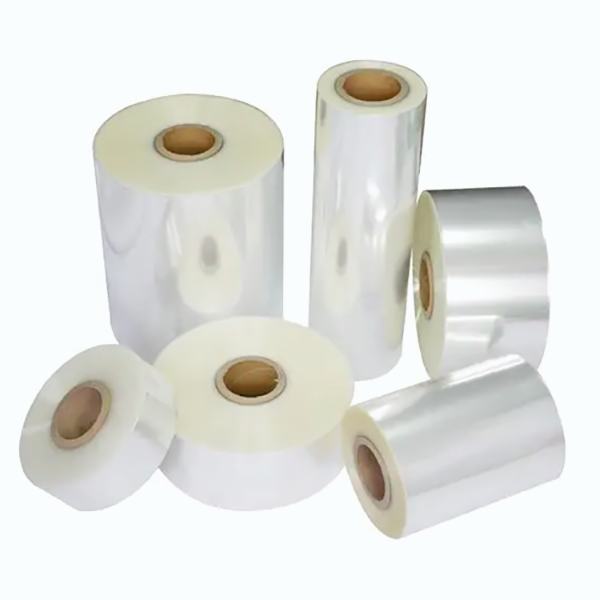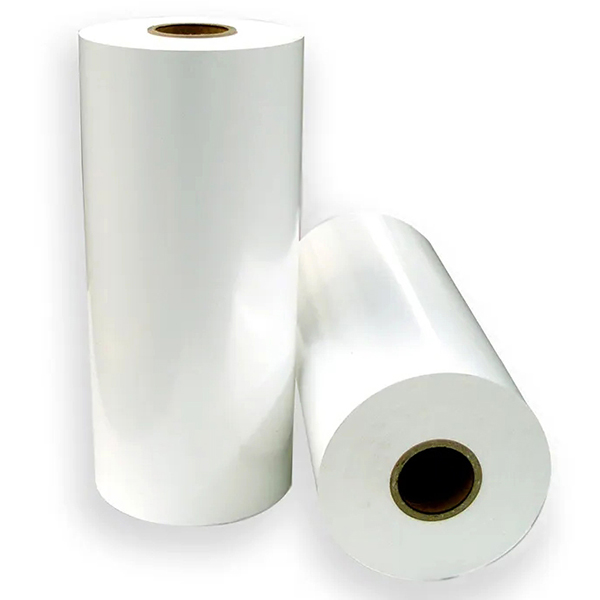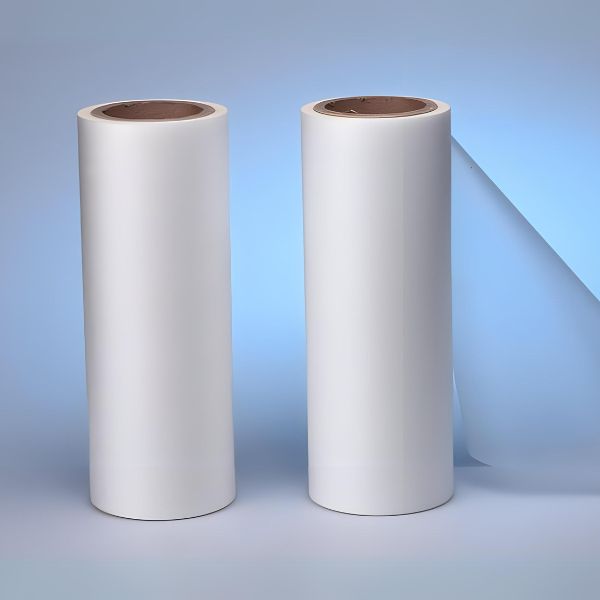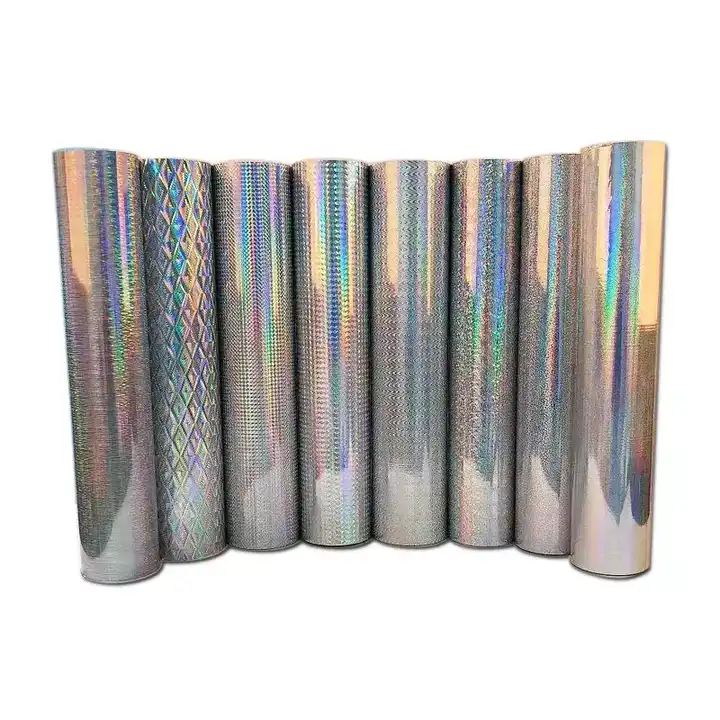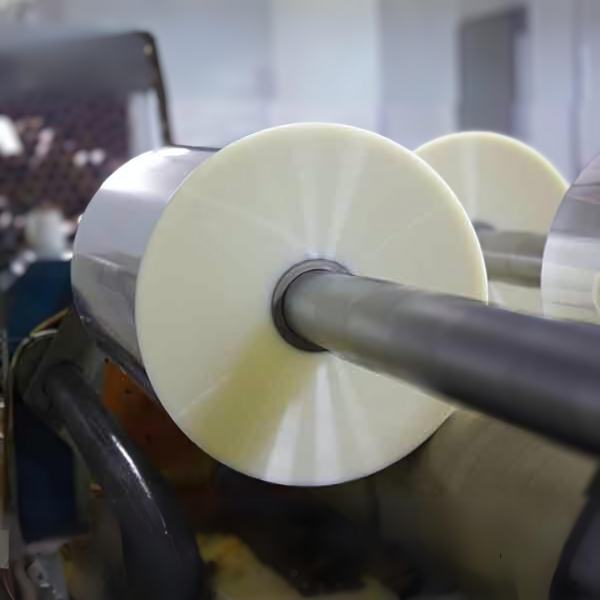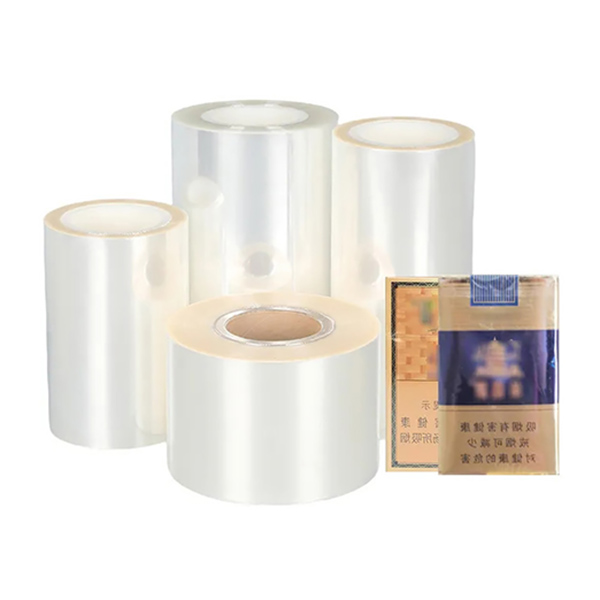Unveiling the World of BOET and BOPP Films
BOPET and BOPP films are the most common flexible packaging films. However, they have different properties. Therefore, choosing the precise film is vital to the product’s safety, preservation, and appearance. This blog dives clients into the distinctions between BOPP and BOPET films, guiding them through their properties’ uses and assisting them in choosing the best one according to their requirements.
Why is a suitable film important?
Choosing packaging film is not just a matter of cost; this directly affects the sustainability and shelf life of the product. Packaging films have diverse degrees of chemical, cold, heat resistance, barrier properties, and mechanical strength, making the right choice important for manufacturers and consumers.
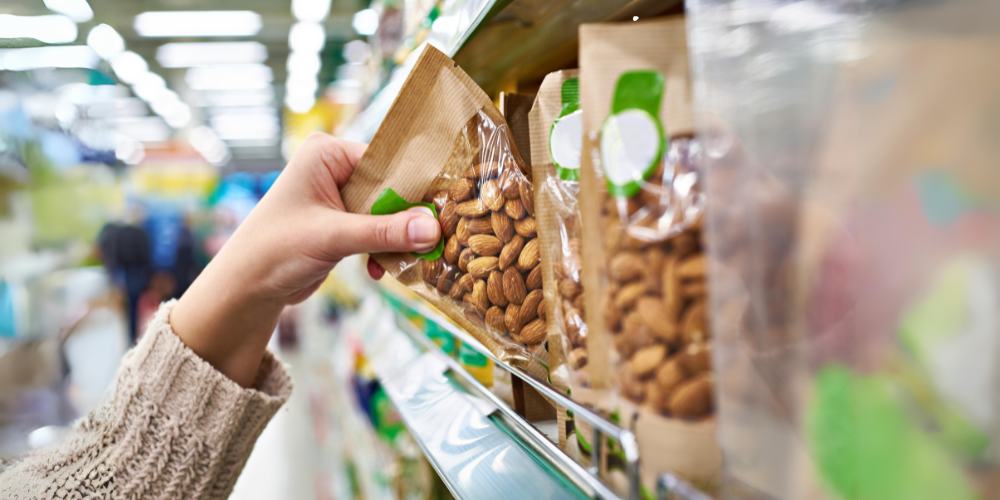
Wholesome Characteristics of BOPET and BOPP Films
BOPP Films: Exploring the Versatility and Cost-Effectiveness
Compared with the non-stretch film, biaxially oriented polypropylene (BOPP) film undergoes transverse and longitudinal stretching deformation in molding. Thus, the arrangement of its molecular chains or chain segments will change, significantly improving the film’s performance.
BOPP film has excellent mechanical strength, chemical, cold, and heat resistance, a good barrier, and a low price. It has become the most widely used packaging material, known as the “packaging queen.”
Key features of BOPP Films
- High Transparency and Glossiness
- Lightweight yet durable
- Good mechanical properties
- Eco-friendly
- Optimized for printing and processing
- Low cost
Enhancement in better functioning of BOPP Films
Although BOPP film has many excellent properties, its chemical structure does not contain active groups. Meanwhile, it becomes difficult to wet and bind for many reasons, such as high crystallinity, low surface energy, chemical inertness, surface pollution, and a weak boundary layer.
The poor wettability greatly limits the application of the BOPP film in ink, adhesives, composite materials, heat sealing, and coating areas. Therefore, the secondary treatment of the BOPP film is necessary to improve its wettability and adhesion.
As a major manufacturer in China, CLOUD FILM offers an extensive range of BOPP films, encompassing gloss, thermal lamination, adhesive-free lamination, metalized, anti-fog, anti-scratch, coated, cigarette, and heat sealable films. These diverse BOPP films provide customers with high-quality products and the best packaging solutions.
BOPET Films: A Deep Dive into Durability and Lucidity
Biaxially oriented polyethylene terephthalate (BOPET) thin films are among the most exciting products for packaging applications. Their increased utilization is due to their outstanding properties, such as oxygen and water vapor barrier, high tensile strength, and complete recyclability.
Key features of BOPET
- Excellent transparency
- Excellent Mechanical strength
- Thermal stability
- Chemical resistance
- Good barrier properties
Enhancement in better functioning of BOPET
Typical treatments carried out on BOPET films involve the utilization of atmospheric, low-pressure, and vacuum electric discharge or the application of chemicals like alkali solution, which improves adhesion performance by increasing roughness, or polymeric lacquering, such as epoxy, vinyl acetate, or acrylic resins, that acts as a primer for further lamination processes.
BOPET films from CLOUD FILM are available in thicknesses ranging from 6 to 80 microns and various types, including Plain, Surface-Treated, Chemically Coated, Matte, Heat-Sealed, Metallizable, and extra-clear. These wide ranges of BOPET films ensure the highest standard to meet customer expectations.
Head-to-Head: Comparing BOPET and BOPP films
| Property | BOPET | BOPP |
| Full name | Biaxially oriented polyethylene terephthalate | Biaxially oriented polypropylene |
| Resin | PET | PP |
| Tensile strength | High | High |
| Elongation at break | High | High |
| Modulus of elasticity | High | High |
| Yield strength | High | High |
| Tear strength | High | High |
| Impact strength | High | High |
| Puncture resistance | High | High |
| Stiffness | High | High |
| Hardness | High | High |
| Melting point | 260 oC | 170 oC |
| Glass transition temperature | 70 oC | −10oC |
| Density | 1.4 g/cm3 | 0.9 g/cm3 |
| Water absorption | Low | Low |
| Oxygen barrier | Good | Poor |
| Moisture barrier | Good | Poor |
| Chemical resistance | Good | Good |
| Heat resistance | Excellent | Good |
| Cold resistance | Excellent | Good |
| Optical properties | Excellent | Excellent |
| Printability | Good | Excellent |
| Cost | High | Low |
| Applications | Food packaging, beverage packaging,
electronic packaging, industrial applications, medical applications |
d packaging, beverage packaging, tobacco
packaging, stationery, textile packaging, gift wrapping, etc. |
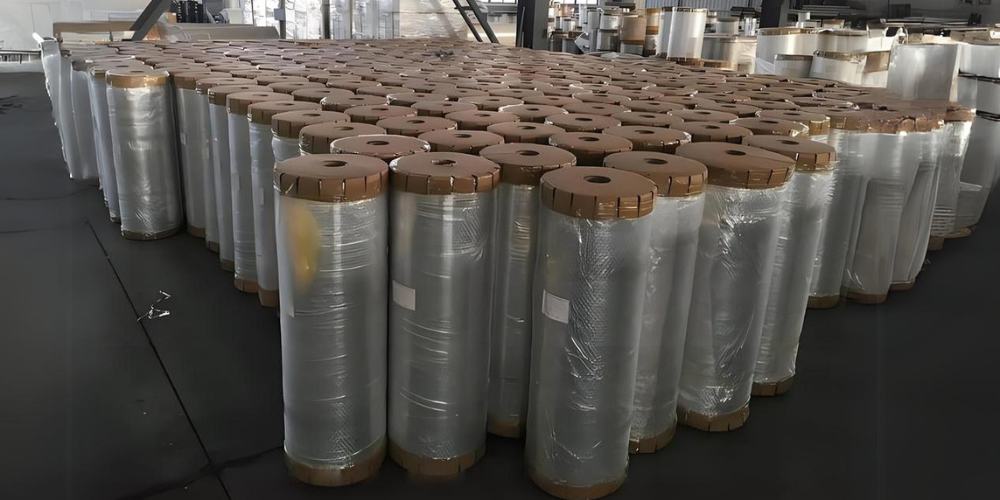
The Ultimate Guide to Choosing Between BOPET and BOPP Films
Aspects to Consider
BOPET and BOPP films are widely used in the packaging industry; each has advantages and application scenarios. When choosing, consider the following aspects:
Heat resistance
BOPET film has better heat resistance than BOPP film. If the packaging material needs to withstand high-temperature treatment (such as baking, microwave heating, etc.), BOPET film is more suitable.
Transparency and glossiness
BOPP film generally has superior transparency and glossiness, which is suitable for packaging that needs to display the appearance of the goods, such as food, candy, gift packaging, etc.
Tear resistance
BOPET film has better tear resistance than BOPP film, making it suitable for packaging that requires higher strength and durability, such as electronic products and industrial parts.
Barrier necessities
Barrier properties reflect the level of protection needed against air and moisture. BOPET film has good barrier properties compared to BOPP film.
Cost
The cost of BOPP film is usually lower than that of BOPET film. If cost is the main consideration, BOPP film may be preferred.
Environmental factors
The environmental performance of both materials is also a factor to consider when choosing. Generally speaking, BOPP film has better recyclability and is suitable for applications with higher ecological sustainability.
Expert recommendations
If you need to package frozen food that needs to be heated in a microwave, considering the need for heat resistance, BOPET film should be chosen. If you need to package candy, mainly considering displaying the appearance of the product and reducing costs, BOPP film can be chosen. In summary, when selecting between BOPP film and BOPET film, it is necessary to consider specific packaging requirements and product characteristics comprehensively.
Finally, from a packaging expert’s perspective, quality and sustainable environmental goals are critical for a customer considering the development of flexible packaging films from manufacture to disposal.
Conclusion: Making an informed decision
After evaluating the differences in characteristics between BOPET and BOPP films, your packaging requirements, and cost-effectiveness, you must decide which film to use. Each film offers specific properties and serves different purposes, making the selection highly dependent on the product’s specific needs and the manufacturer’s goals.
Selecting the appropriate film can improve your product’s shelf life and sustainability, eventually contributing to greater customer contentment and an eco-friendly environment.


